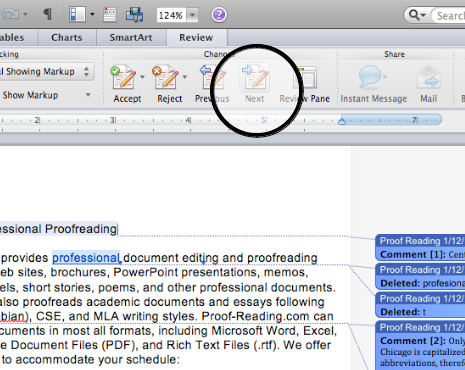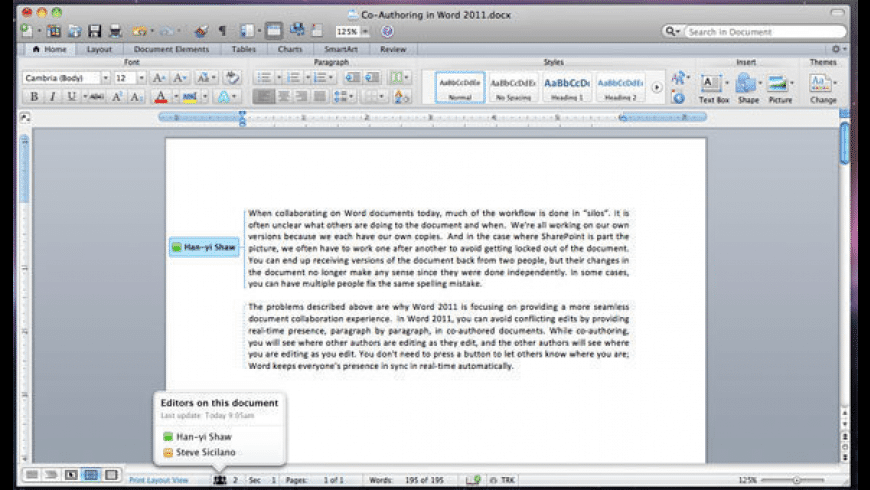
- #How do you uninstall microsoft office 2011 on a mac how to
- #How do you uninstall microsoft office 2011 on a mac mac os x
- #How do you uninstall microsoft office 2011 on a mac install
#How do you uninstall microsoft office 2011 on a mac how to
If the problem continues to occur, go to the next step.įor information about how to clean start your operating system, see How to use a "clean startup" to determine whether background programs are interfering with Office for Mac.įor information about how to remove and then reinstall Office, see Troubleshoot Office for Mac 2011 issues by completely uninstalling before you reinstall. If the problem seems to be resolved, you can move the toolbars file to the trash. If the problem still occurs, quit Excel, and restore the file to its original location. If you located the file and moved it to the desktop, start Excel, and then check whether the problem still occurs. If you do not locate the file, the program is using the default preferences.

If you located the file, move it to the desktop. Look for a file that is named Excel Toolbars (12) or Microsoft Excel Toolbars. To display this folder, hold down the OPTION key while you select the Go menu.

#How do you uninstall microsoft office 2011 on a mac mac os x
The Library folder is hidden in MAC OS X Lion.

If you have any reason that you might need that older version of the suite, now’s.
#How do you uninstall microsoft office 2011 on a mac install
Step 4: Remove and then reinstall Officeįor information about how to remove and then reinstall Office, see How to download and install or uninstall Office 2016 for Mac. If youre moving from one Mac to another or upgrading from Outlook for Mac 2011 to Outlook 2016 for Mac or Outlook 2019 for Mac, export your email messages, contacts, calendar items, tasks, and notes to a. If the problem continues to occur, go to the next step. olm file is the data file used by Outlook for Mac to archive your email messages, contacts, calendar items, tasks, and notes. It will also re-create a folder in the ~/Library/Group Containers location.įor information about how to clean start your operating system (OS), see How to use a "clean startup" to determine whether background programs are interfering with Office for Mac. In the example, I am removing the Office 2010 free trial, but you can remove any version of Office using these instructions.This will reset Office back to the first-run phase of initial set up. The instructions are for Windows Vista or Windows 7. If you do not plan to upgrade to Office 2010, you can either uninstall the software to free up space on your hard drive, or you can leave it installed and use it as a “viewer.” (You can open Office files using expired software, but you cannot edit them.) Uninstalling Microsoft Office Click Continue to proceed with the upgrade.



 0 kommentar(er)
0 kommentar(er)
